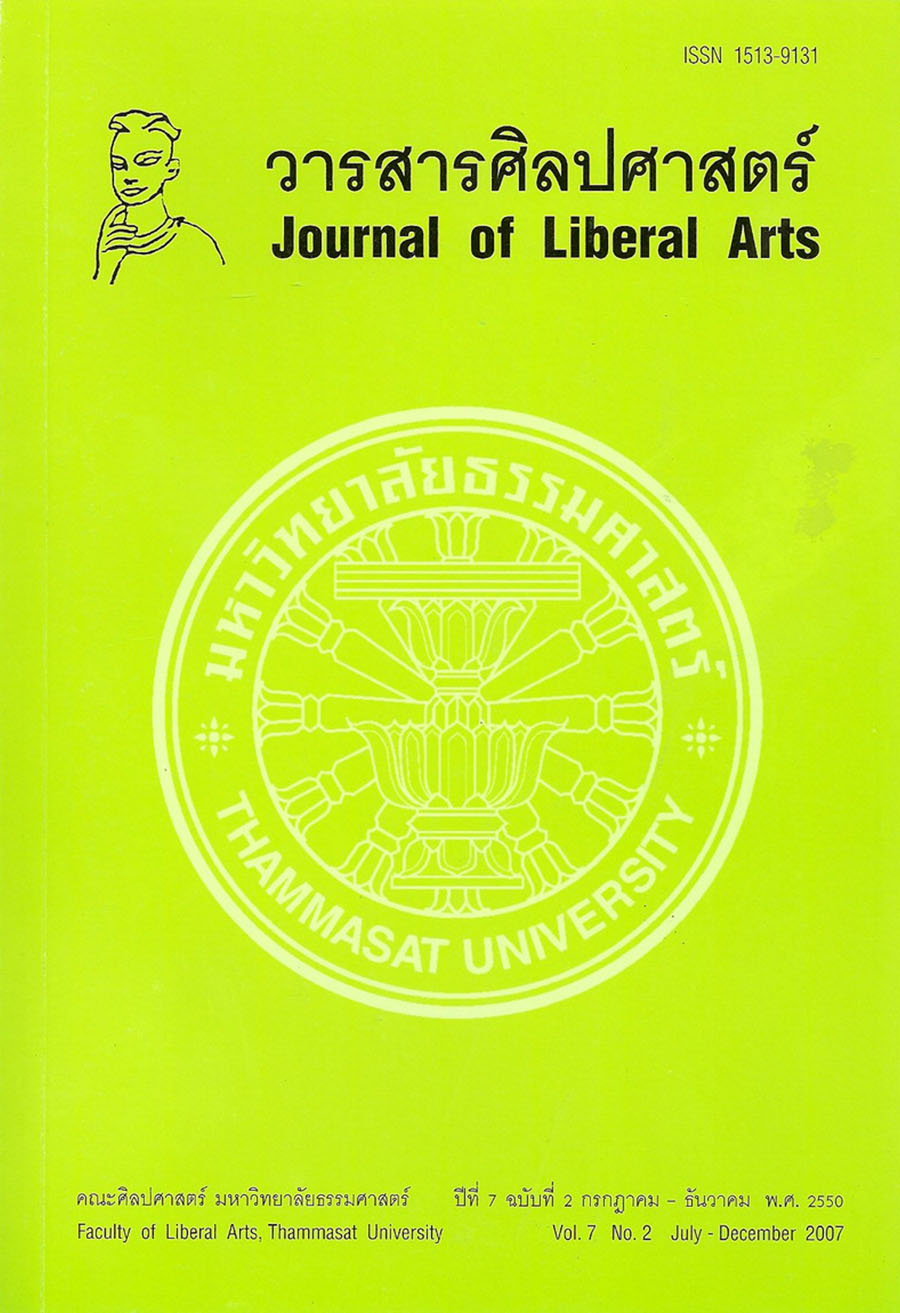การพัฒนาบุคลิกภาพแนวพุทธ: สติปัฏฐาน 4 และสมาธิ
Main Article Content
บทคัดย่อ
หลายทฤษฎีบุคลิกภาพแนวตะวันตกมีจุดมุ่งหมาย เพื่อให้บุคคลมีการพัฒนาบุคลิกภาพที่มั่นคง เพื่อป้องกันและแก้ไขการเกิดโรคประสาท โรคจิต หลักการในพุทธศาสนาร่ำรวยด้วยมรรควิธีเพื่อนำไปสู่จุดมุ่งหมายดังกล่าว ในบทความนี้ผู้เขียนนำเสนอแนวคิดและวิธีปฏิบัติ 2 เรื่อง คือ สติปัฏฐาน 4 และสมาธิ “สติปัฏฐาน 4” หมายถึง วิธีปฏิบัติเพื่อให้สติตั้งมั่น 4 แห่ง คือ (1) กายานุปัสสนา-การตั้งสติพิจาณากาย (2) เวทนานุปัสสนา-การตั้งสติพิจารณาความรู้สึก (3) จิตตานุปัสสนา-การตั้งสติพิจารณาจิต (4) ธัมมานุปัสสนา-การตั้งสติพิจารณาสภาวธรรม ถ้าดำเนินชีวิตโดยมีสติคุ้มครอง ณ จุดทั้ง 4 นี้แล้ว ก็จะทำให้ชีวิตมีความสุขสงบ ในการฝึกเจริญสติทั้ง 4 แห่งนี้ธรรมหมวดอื่น ๆ ร่วมอยู่ด้วย เช่น ปัญญา แม้สติเป็นสิ่งที่ติดตัวมนุษย์มาตั้งแต่เกิด แต่การพัฒนาสติจะทำให้บุคคลมีบุคลิกภาพที่มั่นคง จนนำไปสู่ความพ้นทุกข์ได้ในระดับต่าง ๆ การฝึกสติปัฏฐาน 4 มีความสัมพันธ์กับการฝึกสมาธิอย่างแยกกันไม่ออก “สมาธิ” แปลว่าความตั้งมั่นของจิต จิตที่เป็นสมาธิเป็นจิตที่มีสมรรถภาพสูงมีประโยชน์ต่อสุขภาพกาย สุขภาพจิต การฝึกสมาธิมีหลากหลายวิธี ผู้ฝึกต้องเลือกวิธีที่เหมาะสมกับบุคลิกภาพของคนจึงจะได้ผลดี อีกทั้งควรมีครู อาจารย์ และกัลยาณมิตรช่วยชี้แนะการฝึกให้ถูกต้อง ผู้เขียนได้เสนอวิธีการฝึกสติ และสมาธิอย่างง่าย 1 วิธี คือ อานาปานสติ ข้อแนะนำ คือ ควรนำการฝึกสติและสมาธิมาปฏิบัติในชีวิตประจำวัน เพื่อพัฒนาบุคลิกภาพให้มั่นคงและมีชีวิตที่เป็นสุข
Many Western theories of personality aim at developing stability of personality in order to prevent and cure neurosis and psychosis. Buddhist principles are rich with means to attain these goals. The author proposes two methods in principles and practices: (1) Satipathan 4 and (2) Samadhi. Satipathan 4 means the practices to develop stability of mindfulness at points: (1) Kayanupassana-mindfulness with regards to one’s body, (2) Vedananupassana-mindfulness with regards to one’s feeling, (3) Chittanupassana-mindfulness with regards to one’s mental process, and (4) Dhammanupassana-mindfulness with regards to one’s Dhamma. Anybody who leads one’s life with mindfulness at 4 points will lead a happy and peaceful life. In practicing Satipathana 4, one will also practice other related Dhamma including, for example, Panna (wisdom). Though mindfulness is the in-born quality of a person, practicing mindfulness will lead to stable personality and decrease many levels of life suffering. The practice of Satipathan 4 closely relates to another principle, Samadhi. Samadhi refers to concentration of stable mind. In any action one is behaving while on attains Samadhi condition, that action will be very efficient. Samadhi is also a foundation of good physical and mental health. There are many methods to practice Satipathan 4 and Samadhi; thus, one should select the proper method that is suitable for one’s personality type. Good teachers and friends to guide the proper techniques are recommended. One method-Anapanasati-is proposed in this writing. One should assimilate and accommodate Sati and Samadhi into daily living in order to develop stable personality and to attain good quality of life.

